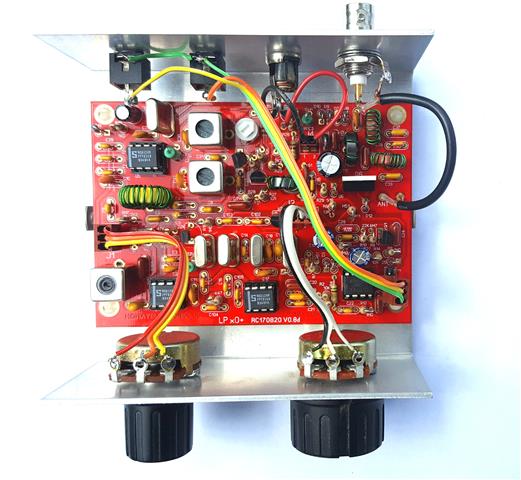
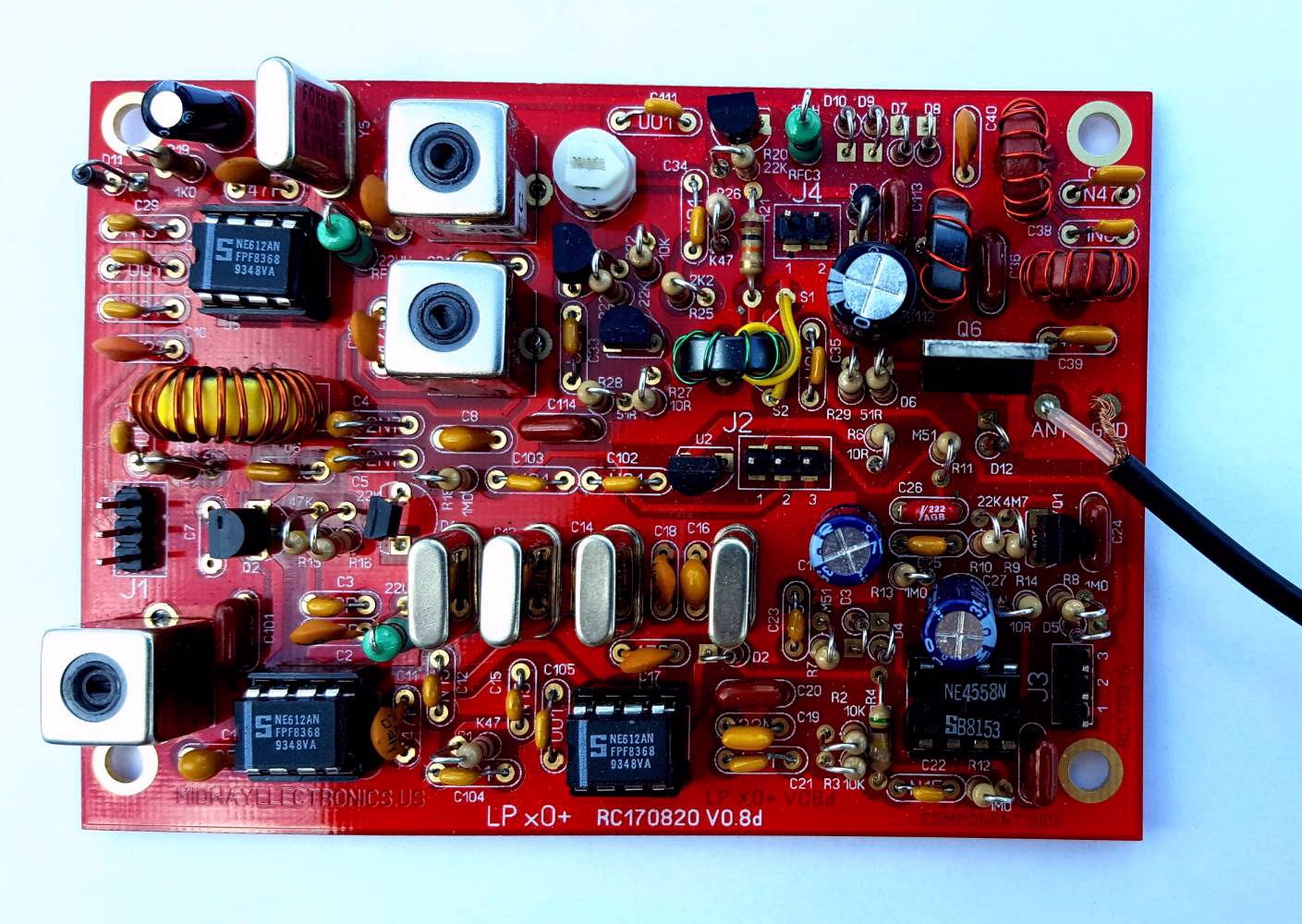
More precisely, what is the best transceiver for medium and long range communication way after an SHTF scenario or a major long term grid down situation such as an EMP or other major catastrophe? (EGDC) Emergency Grid Down Communications
No one knows what could or will happen, if anything, but it is important to plan well ahead for such a long term catastrophe. Answers to an internet search on this question points horribly to FM type handhelds. Everyone thinks handheld transceivers and mobile units available on the market today will be the only communications needed and they will solely rely on them. I have seen and heard so many posts on forums and Youtube videos stating the use and reliance on 2 meter/70cm bands (VHF/UHF) and how this is all you'll ever need.
This is so wrong. They are for short range use only, less than three miles at best unless you're standing on top of a mountain, living in the desert, or standing on a beach where communications is almost visual, point to point (line-of-sight). Most of the U.S. is rolling hills and building structures that will minimize longer distance communications. 2 meter/70 cm is for point to point communications to keep in touch with family, neighbors, prepper group, friends, and in keeping your perimeter secure. They will most likely die of a lack of batteries whether they be Alkalines or some kind of rechargeable chemistry which will still have a limited life. These include FRS, GMRS, MURS, and even most VHF/UHF amateur radio transceivers and are impossible for long range communication. After a few days or weeks with no power most all VHF and UHF repeaters will have gone down forever.
So don't think stocking up on a few cheap handie talkies such as the Baofeng UV5R's and stashing them away are going to be your main source of communications. There is also a learning curve on knowing how to program and use these cheaper type of radios. The Baofeng UV5-R can be had for about US$30. They are very cheaply made and not really reliable. Once they go bad you just toss them. [Editor's Note: As of September 30, 2019 the FCC is banning any Baofeng or other similar radio from being imported and sold in the U.S. The FCC has clarified the specifications and state that no radio can operate across different classes. I.E. the radio can't work on GMRS or MURS or FRS or HAM in the same unit. The millions of these still in use today can "technically" be used but not "legal" to use. A Google search on this fiasco should be studied or it is explained it here.]
Amateur Radio High Frequency (HF) bands (80 thru 20 meters) will be the most useful for long distance communications if everything fails. But even those will require a long term power source. In a grid down scenario an alternative power source will be needed. If power is available, communications all over the world is possible. A thorough understanding on how it works, bands to use, modes of operation (CW or SSB), propagation and band openings, communications etiquette, all need to be understood in order to reliably use the HF ham bands. Many digital modes could be used if you have supporting bulky computer capabilities at both ends. But again, you have to have an ample unlimited power source and know specifically how to use it.
What happens if you have to bug out, take all your belongings in your backpack or go bag, and disappear into the wilderness or remote area for an extended period? This may never happen but shouldn't you prepare for the worst anyway? And if nothing happens at least you have a great system for Field Day every June. You can't take your bulky 100 watt HF mobile radio into the woods or anywhere else without a good source of reliable power. Also, the radio, antenna, accessories, and batteries will probably weigh more than your whole G.O.O.D. backpack. So what are your options?
You may have to choose a single band that will do the job. The power output should be limited to below 5 watts. Then you'll need to select all your accessories to accommodate your system and be small and light enough to easily carry. This author believes the best all around band is 40 meters. The antenna length may be long but not impossible to implement. The propagation on that band allows for almost 24/7 usage. You may have to limit yourself to CW only (the dreadful Morse code). A good 40 meter CW QRP transceiver with razor sharp sensitivity capable of about 2 watts output and low receive current draw would be ideal. It is possible to communicate almost around the world with such a rig with a good antenna and good propagation.
There are a number of small QRP rigs out there so it will be your personal preference. QRP is an amateur radio abbreviation for low power, usually less than 5 watts output. There are many individuals, groups, clubs and contests devoted to the QRP mode. There are many QRP radios available and many in DIY kits. I recommend the ME40+ because of the power requirements, simplicity, and reliability. Power consumption is so low you could even use a small solar panel to charge up a battery system or few high "capacity" capacitors instead of chemical batteries which have limitations and will eventually die. It is important to have a renewable source of power, disconnected from the grid to operate your system for literally an infinite period of time.
Lately there has been a surge of new digital QRP rigs with a lot of fancy features such as CW encoder/decoder, automatic keyer, frequency display, digital signal processing, multi bands, all which are great but the complexity and the ability to troubleshoot and repair the processor or digital circuits, and to find replacement parts in an SHTF scenario will be almost impossible. Simplicity is best.
The system I am going to describe should meet all the needs for maybe less than US$100 if you shop around, and be small enough to carry in a lunchbox size case. Of course you may have your own preferences in radio, antenna system, and power source but these are suggestions for those getting started. Also you can choose to use a different band such as 30 or 20 meters but this author will concentrate on the 40 meter band.
Here are the components: ME40+ CW transceiver kit, headphones similar to those used on an MP3 player, simple end fed long wire or dipole antenna, simple antenna tuner, a 12 volt supply, or a bank of high capacity electrolytics, and a small solar panel rated at about 10 watts. Of course you can use any type of 12 volt battery system for normal use. This will be your decision. Almost every item above will be dictated by personal preferences and experiences. Details below.
With this system you could tuck it away in your bug out bag and disappear into the woods or on some mountain top. Once you set up your OP/CP you can charge up the capacitor bank or rechargeables with the solar panel. A full charge can easily allow you to monitor all night and be able to get off a number of important transmissions and listen for valuable information from distant locations, even overseas.
The ME40+ 40 meter CW kit is available directly from from Midway Electronics or eBay. Also the ME30+ and ME20+ is available too. If you have a good source of electronic parts you can just order the circuit board for about US$12 or you can order the whole board kit with all parts and instruction manual for about US$65 from midwayelectronics.us. There are many cheaper QRP rigs out there but lack sensitivity and selectivity, and/or are rockbound (only one frequency). Fancier digital QRP rigs have more features but draw up to ten times the current on receive than the 29 milliamps the ME40+ draws. The ME40+ was chosen because it is a simple transceiver with easy to find parts and easy to troubleshoot if ever. No processor specific CPU, DSP, or custom single sourced surface mount components.
You can scrounge any old headphones or earbuds, or find them at yard sales, 7-11, or ebay for a few dollars. A small 2 inch .1 watt speaker can fill a room with enough volume too. An antenna tuner is not necessary but will help you get the best performance. Tuner kits are available from qrpkits.com or qrpguys.com. Large storage capacitors and solar panels can be gotten off ebay. For the antenna system you have many options or favorites but at least you will need some good wire, a few dogbone insulators and a length of feedline such as RG58 or RG174. To aid in coiling up your antenna you can order a portable clothesline windup spool. Details below.
|
What's most important is the experience to use your equipment. |
The statement above can't be stressed enough. There is so much you need to learn when it comes to knowing and using your equipment. You can't just purchase everything by mail order, Amazon, Ebay, or over the counter, stash it away, and expect to operate it flawlessly if something happens. You must be proficient enough to understand its capabilities, limitations, weaknesses, and strengths. You must know Morse Code, the proper etiquette, language, emergency protocols, traffic handling, and abbreviations such as Q codes, etc. This all comes from experience by using the radios almost on a daily basis. Experience comes from listening. Spend a lot of time monitoring the bands, listening how hams operate, practice taking messages if you hear a traffic net, knowing propagation (knowing when the bands open and close). Copy Morse code until you can do so efficiently. Morse code is a must and you should become proficient. Learn the code slow and accurately. Speed will come naturally. And that only comes with practice. You do not need a license to receive but you must be a General Class to transmit. I became affluent in Morse Code reception way before I had my code privileges.
Another decision is to decide on a 40 meter emergency or prepper frequency. There are a number of QRP frequencies such as 7014, 7023, 7100, 7150, so it might be advisable to use one of these frequencies or maybe 3 khz up from these. The Radio Preppers forum suggests 7185.5 as a good choice.


Laundry reel spooler - Coghlan's 8512 Laundry Reel available at online Walmart and Amazon for around US$3 See video on how to use it

Antenna tuner - QRPKits.com This was recommended because if its size and versatility.
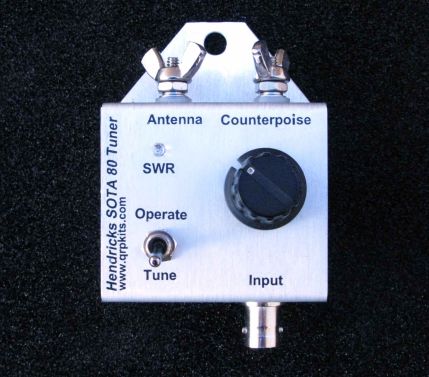
Solar panels - There are many variations.
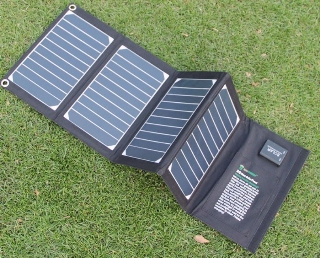

Capacitors - A bank of six capacitors like this will run the transceiver for a few days. Of course you could have a set of Alkalines, Li-Ion, LiFePO4, NiMh, or ni-cads as a backup. The reason I suggest capacitors is that they don't have a memory effect, can take deep discharges without damage and will probably outlast any battery type.
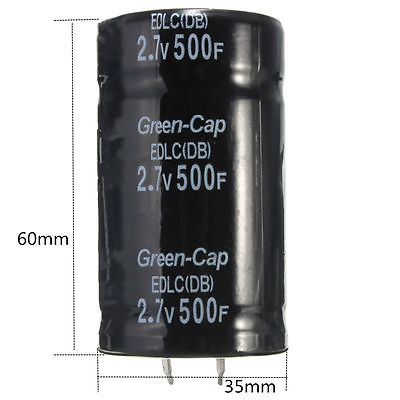
Headphones - Any cheap headphones or earbuds will work. As small and comfortable as possible for long term usage. A small 2 inch .1 watt speaker will fill a room too.

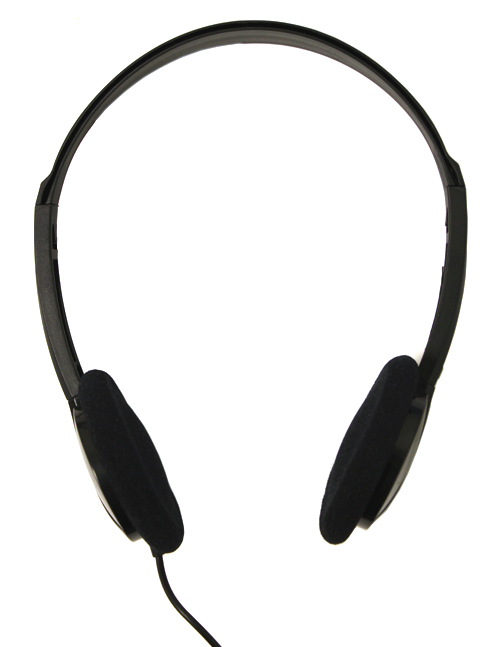
Morse key - Keys can be made cheap or purchased for more than this whole project. A simple brass strip and rubber foot can be used in a pinch, but for regular use a straight key as shown below can be had for about US$35. There are some nice 3D printed keys available and are listed on midwayelectronics.us/qrp/links.htm.
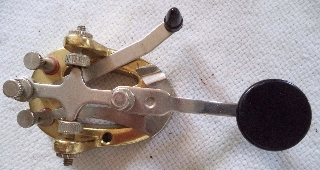

The above 3D key is available from CWMorse
for about US$22.00
A roll of salt water fishing line will aid in erecting the antenna system. Keep a few pencils and plenty of paper with your rig for copying messages. Also an LED flashlight.
This author is in the process of putting a whole system together in an air tight, EMP hardened 30 cal ammo box. This will include solar panels, antenna, and all accessories.

On top is the latest incomplete prototype of my ME40+ in an ammo box. It contains the ME40+
transceiver, digital display, volt/charging meter, 3-10 watt solar panels, solar
charge controller, battery selector and headphones. Internal speaker can be seen
on bottom front of panel.
There's plenty of room for an antenna tuner as described above, long wire end fed and dipole 40 meter antenna, three types of batteries, LiFePo, NiMh, and emergency backup Alkalines. Smart charger and (LiFePo) balance controller will fit inside, room for flashlight, notepads, pens and pencils. There will be a braid tying the cover to the main box to keep any stray EMP from entering since the waterproof gasket doesn't provide sufficient cover grounding.
This custom ME40+ board has all the solid state components (I.C's, diodes and transistors) on sockets. There is an additional sealed hardened sub-enclosure with a complete set of spare solid state parts should an EMP destroy the radio if it were being used at the time of an EMP strike. Within 20 minutes all destroyed parts can be replaced and the unit can go back into operation.
Recently this author was introduced to magnetic loop antennas. They look like a vertically mounted hula hoop. They can be set up low to the ground and can be easily hidden. These are low profile portable loop antennas that can be set up in a few minutes and can work all over the world without the need for a bulky long wire system. Broken down and packed up it will fit into a computer laptop carrying case. You can visit K1FM magnetic loop antennas or Google "magnetic loop antennas". They can be purchased complete but are very expensive (US$350) but its performance is incredible. You can build one from scratch for less than $50. Details are in the May 2019 issue of QST. I also have a construction page detailing the construction of the K1FM magnetic loop antenna.
Updated October 16, 2019